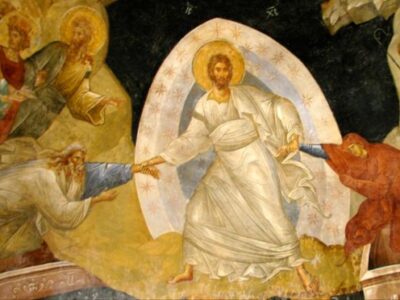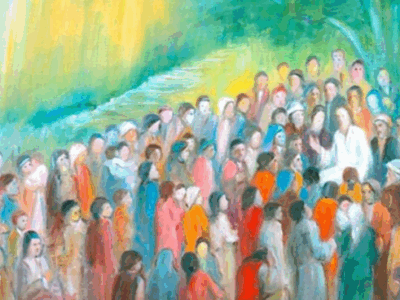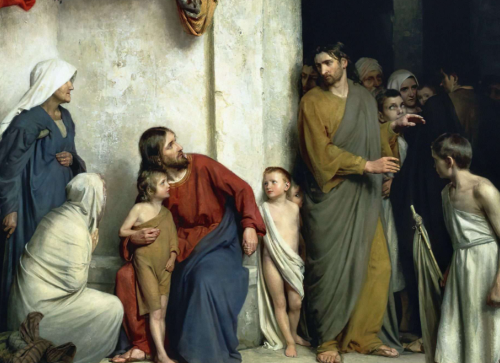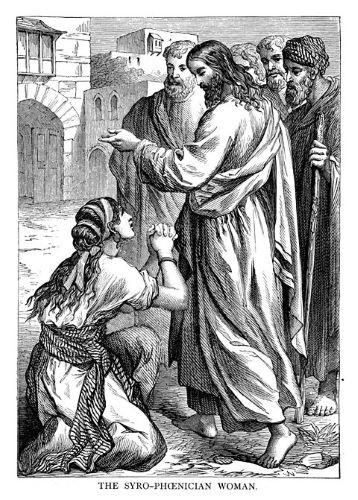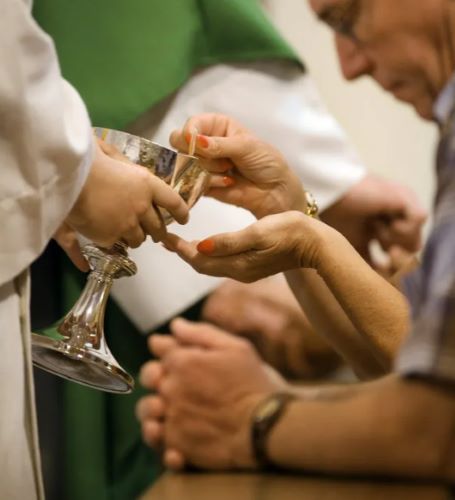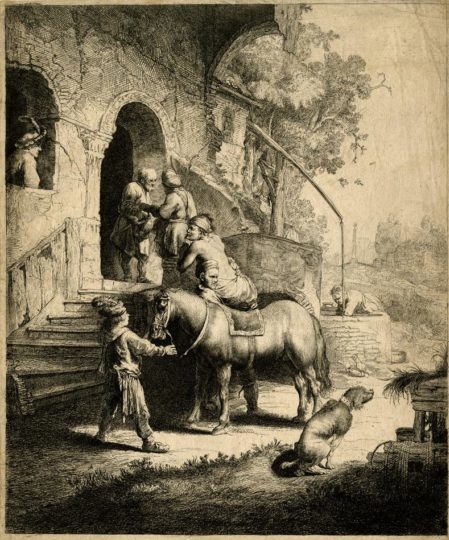
A Duty to Rescue
Year C
Deuteronomy 30:9-14
Psalm 25:1-9
Colossians 1:1-14
Luke 10:25-37
May the words of my mouth O God… speak your truth…
Good Samaritan laws… offer legal protection to people who assist those who are… or whom they believe to be… injured… ill… or otherwise incapacitated… and their purpose is to encourage people to help strangers in need… without fearing legal repercussions should they make some mistake in treatment… and every state has its own version of the Good Samaritan law… by contrast… a Duty to Rescue law… also somewhat variable… requires people to offer assistance… and may hold as liable… those who fail to do so…
So for example… in Alabama… protection under the Good Samaritan law is afforded only to rescuers who are medically trained… to public education employees… and to any lay person assisting a victim who is suffering from a cardiac arrest… so let’s say you live in Alabama and are not medically trained… one day you come across a car accident and remove the victim from the car… but in doing so… you further injure the victim… the Good Samaritan law in your state would not cover you… because you went beyond what was needed… on the other hand… if you live in Vermont… the Duty to Protect law is very different… it actually orders anyone… who comes across an accident… to help those in need… simply put… legal action can take place against someone for not helping…
And all Good Samaritan laws trace their origins back to today’s parable in Luke… and have ties to an account in Matthew 22:34-40 when a Pharisee… who’s also a lawyer… asks Jesus… Teacher… which commandment in the law is the greatest… and to an account in Mark 12:28-34 when one of the scribes asks Jesus… Which commandment is the first of all…
In today’s parable… the lawyer responds to his own question about inheriting eternal life… with a two-part answer… You shall love the Lord your God with all your heart… soul… strength… and mind… and love your neighbor as yourself… while in Matthew and Mark… it’s Jesus… whose answer… ends with a similar exhortation about loving your neighbor yourself… but the lawyer couldn’t leave well enough alone…
In Martin Luther King, Jr.’s final sermon… as he prepared to demonstrate with sanitation workers in Memphis… he noted that the priest and Levite both ask themselves… If I stop to help this man… what will happen to me… but when the Good Samaritan came by… he asks himself… If I don’t stop to help this man… what will happen to him… but there’s a question within his question… If I don’t stop to help this man… what will happen to me… what effect will it have on me…
I ask you now to look at the image on your bulletin cover… David Gowler is Oxford College’s Pierce Chair of Religion at Emory University… and I share part of a reflection he wrote about Rembrandt’s etching…
The inn to which the Samaritan brings the wounded man… is in a state of disrepair… deep cracks appear in the outside wall… some of the boards on the railing of the steps are broken… and the wooden eaves are in the same shabby state… it is in this decaying and sometimes disturbing world — considering the unwarranted act of violence the wounded man has just suffered — that the Samaritan’s surprising act of mercy takes place… a place where everyday life continues as normal…
A man gazes nonchalantly from a window as the wounded man is being helped down from the animal… a woman gets water from a nearby well… birds are in the tree above her… they really are there but are hard to see… leaves drift down to earth… two chickens stand just in front of the well… and the woman pays no attention to the Samaritan’s act of kindness and mercy taking place just in front of her… and in the right front foreground… in a location nearest the viewer… a dog… with its back to us… defecates on the ground…
The centrality of the dog is striking… and the composition of the image leads viewers from the bottom right… where the dog performs a basic bodily function — up along a diagonal line to the left and back — where the Samaritan performs a selfless [ and perhaps ] basic act of mercy… and so why do we only see the back of the good Samaritan at a distance… but see the dog’s back so prominently… the provocative image of the dog seems designed… at least in part… to shock a polite audience… just as Jesus’ use of a compassionate and merciful enemy… a Samaritan… would have shocked his own initial audiences…
At first… Professor Gowler thought that the presence of the dog conveyed the sole appearance of what is true and real… that is… what is profane… but he came to realize that it actually illustrates that life includes both the profane and the sacred… it’s just that the profane is more often in your face than the sacred is… and while this kind of focus can describe the human condition… it can also shed light on the various ways human beings respond to difficult circumstances… but to be clear… the parable does not focus on what should happen to the perpetrators of such injustices… whether individual or systemic… instead… it illustrates how we ought to treat the victims of such injustices… no matter who they are…
The lawyer in today’s parable… knows better… answers Jesus’ question perfectly… but couldn’t leave well enough alone… and tries as hard as he can… to twist the law to his own advantage… a practice which continues with some lawyers to this day… to excuse himself from too broad a responsibility… and yet even after he hears Jesus’ parable… he knows precisely which of the three men had been a neighbor to the man who fell into the hands of robbers… the one who showed him mercy… and Jesus tells him to go and do likewise…
And it may also be worth asking… whether our reading from Deuteronomy catches us up short… because to paraphrase God’s words in vv. 11-14… What I’m asking of you today is easy… it’s not nearly as far removed as Heaven… and it’s not far beyond the sea… places you may wonder how to get to… and back from… because you know it… my Word is in your mouth… and in your heart…
And because the Greek word which refers to the Samaritan’s pity… more fully means to be moved to one’s bowels… which may itself be something both sacred and profane… for the bowels were thought in the ancient world… to be the seat of love and pity…
For centuries… this parable became for most interpreters… an allegory of the Christian view of salvation… in which the man… who symbolizes Adam… is attacked by hostile forces in the world… the thieves… who represent Satan… and is saved by Jesus… the true good Samaritan… who restores sinful humanity… the wounded man… to a right relationship with God in the church… represented by the inn… but with this kind of interpretation… a parable by Jesus… has evolved into a parable about Jesus…
But this parable offers us real hope… because it challenges us to reimagine ourselves… the world… our neighbors… and God… in radically different ways… in spite of what Michigan’s Duty to Rescue laws may or may not be… and to put that new perspective into concrete action in our daily lives… ] so there may be some things we can do… in addition to simply thinking and praying… to effect change where it is needed… to do things which benefit specific neighbors in concrete ways… but also things which improve the lives of entire populations in far-reaching and systemic ways…
And there’s a saying from the Talmud… which I believe applies to this Gospel lesson… it says… Do not be daunted by the enormity of the world’s grief. Do justly, now. Love mercy, now. Walk humbly, now. You are not obligated to complete the work… but neither are you free to abandon it… Holy God… make it so…

